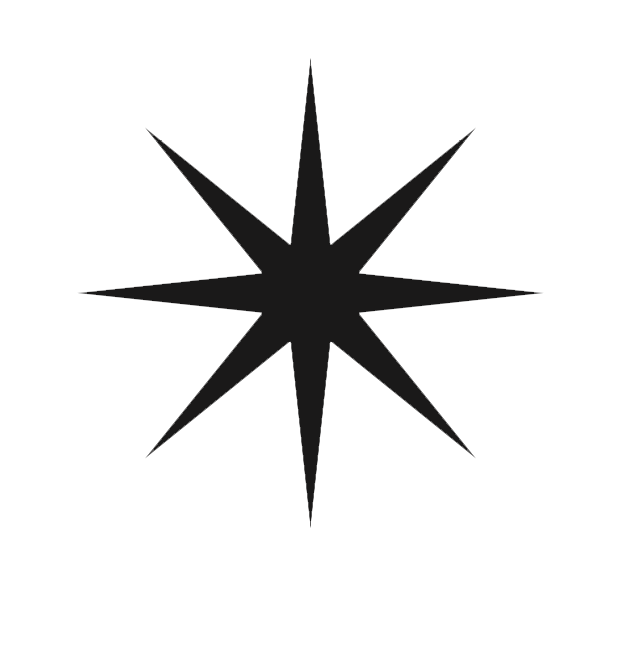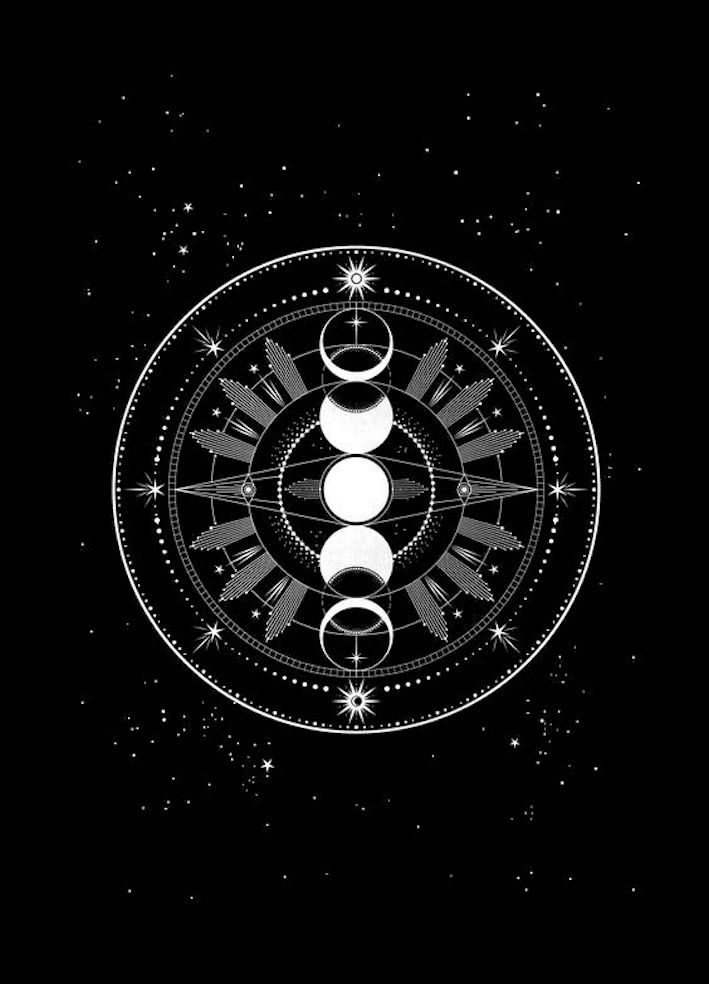
mantra mandala
Personal mandala for meditation. Made based on your name and date of birth.
A CUSTOM NATAL ARTWORK TO USE AS A MEDITATION MANDALA.
Each piece is a one-of-a-kind design based on your natal chart. You will receive a digital image to print and frame, or for keepsakes. The Mandala will be based on your Name and your Birthday Date comes with an authenticity certificate. All the cunsultant’s infos need to be provided by email after your purchase. Included as part of this artwork you can provide you a phrase based on your intentions, present or future goals to be repeated everyday as a Mantra. That’s Why a Mantra- Mandala.
Should be an exclusive and vibrant gift.
∞ Please allow one week for email delivery. ∞
200 EUROS
mantra
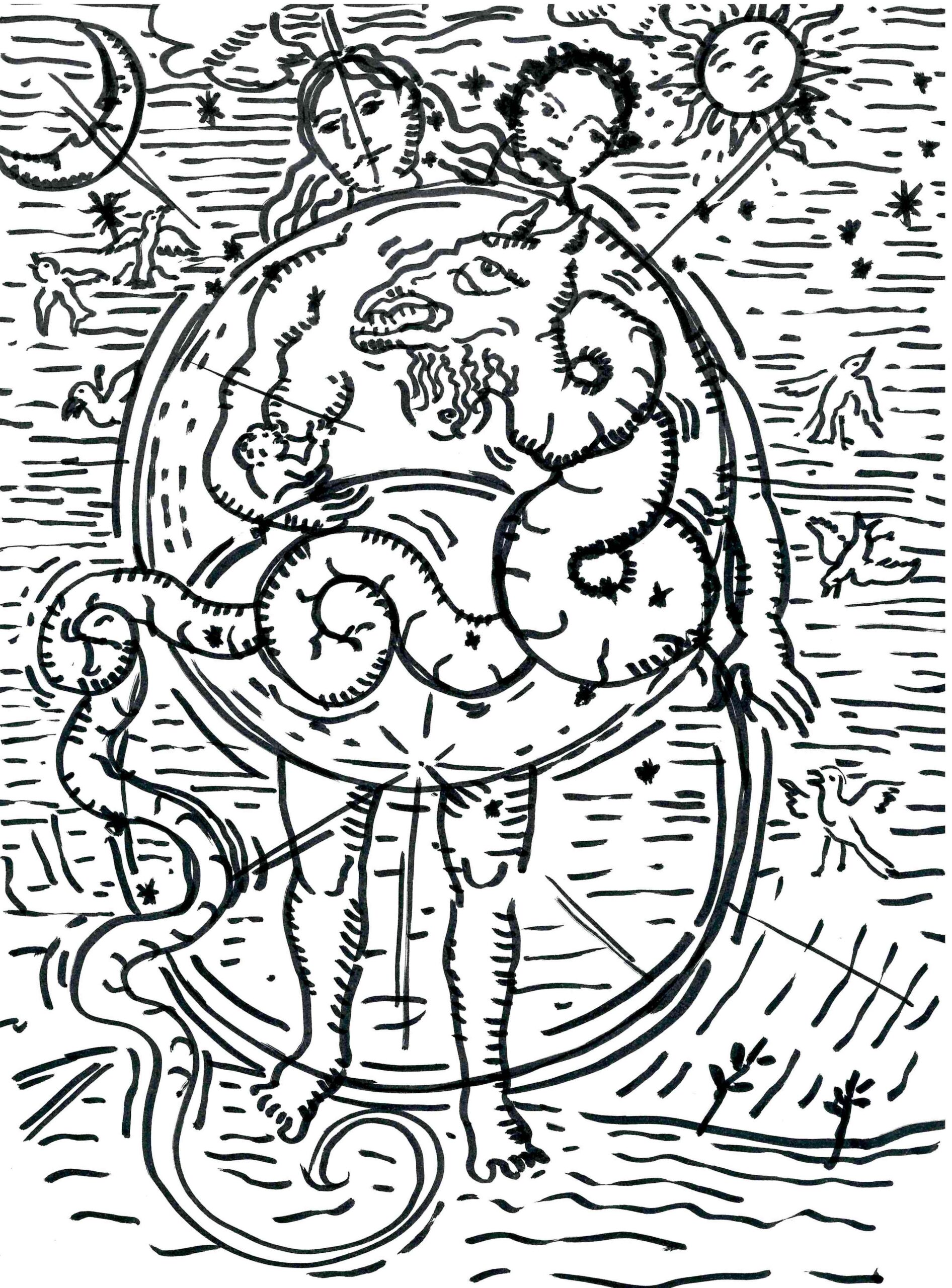
A mantra (Sanskrit: mantra) is a sacred utterance, a numinous sound, a syllable, word or phonemes, or group of words in Sanskrit believed by practitioners to have religious, magical or spiritual powers in Hinduism.Some mantras have a syntactic structure and literal meaning, while others do not
They are typically melodic, mathematically structured meters, believed to be resonant with numinous qualities. At its simplest, the word ॐ (Aum, Om) serves as a mantra, it is believed to be the first sound which was originated on earth. Aum sound when produced creates a reverberation in the body which helps the body and mind to be calm. In more sophisticated forms, mantras are melodic phrases with spiritual interpretations such as a human longing for truth, reality, light, immortality, peace, love, knowledge, and action. Some mantras without literal meaning are musically uplifting and spiritually meaningful.
According to Jack Kornfield,the use of mantra or the repetition of certain phrases in Pali is a highly common form of meditation in the Theravada tradition. Simple mantras use repetition of the Buddha’s name, “Buddho”, [as “Buddho” is actually a title rather than a name] or use the “Dhamma”, or the “Sangha”, the community, as mantra words. Other used mantras are directed toward developing loving kindness. Some mantras direct attention to the process of change by repeating the Pali phrase that means “everything changes”, while other mantras are used to develop equanimity with phrases that would be translated, “let go”.
Very often mantra practice is combined with breathing meditation so that one recites a mantra simultaneously with in-breath and out-breath to help develop tranquility and concentration. Mantra meditation is especially popular among the lay people. Like other basic concentration exercises, it can be used simply to the mind, or it can be the basis for an insight practice where the mantra becomes the focus of observation of how life unfolds, or an aid in surrendering and letting go.”
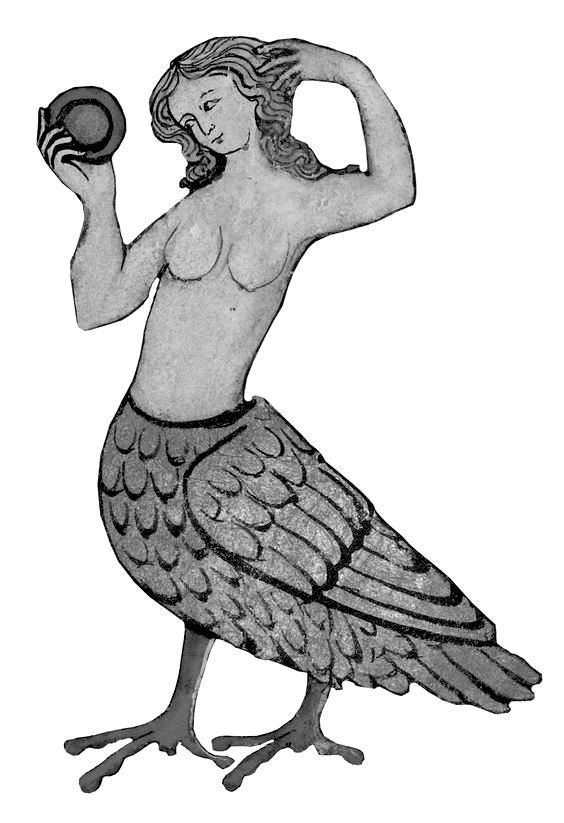
MANDALA
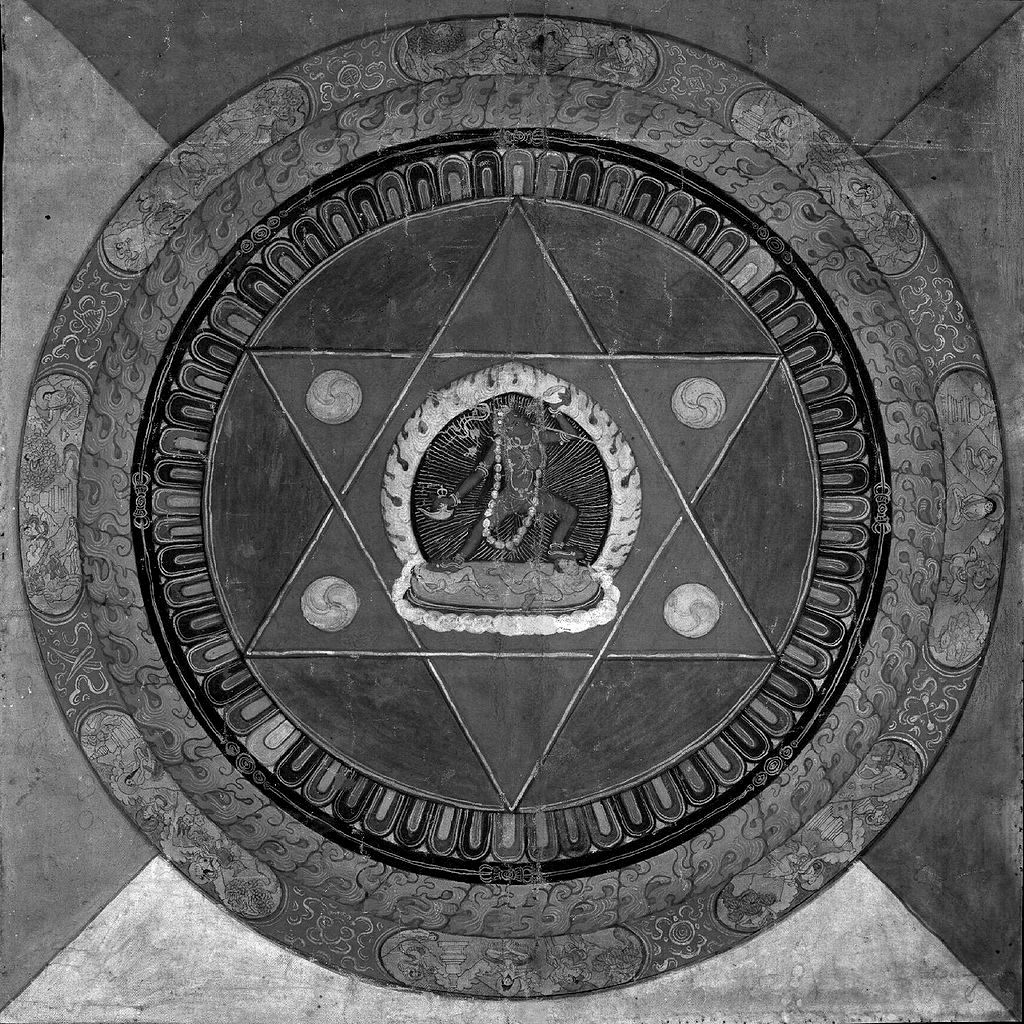
A Mandala (emphasis on first syllable; Sanskrit मण्डल, maṇḍala – literally “circle”) is a geometric configuration of symbols. In various spiritual traditions, mandalas may be employed for focusing attention of practitioners and adepts, as a spiritual guidance tool, for establishing a sacred space and as an aid to meditation and tranceinduction. In the Eastern religions of Hinduism, Buddhism, Jainism and Shintoism it is used as a map representing deities, or specially in the case of Shintoism, paradises, kami or actual shrines.
Today the mandala is a diagram, chart or geometric pattern that represents the cosmos metaphysically or symbolically; a time-microcosm of the universe, but it originally meant to represent wholeness and a model for the organizational structure of life itself, a cosmic diagram that shows the relation to the infinite and the world that extends beyond and within various minds & bodies.
Mandalas are commonly used by tantric Buddhists as an aid to meditation. The mandala is “a support for the meditating person”, something to be repeatedly contemplated to the point of saturation, such that the image of the mandala becomes fully internalised in even the minutest detail and can then be summoned and contemplated at will as a clear and vivid visualized image
